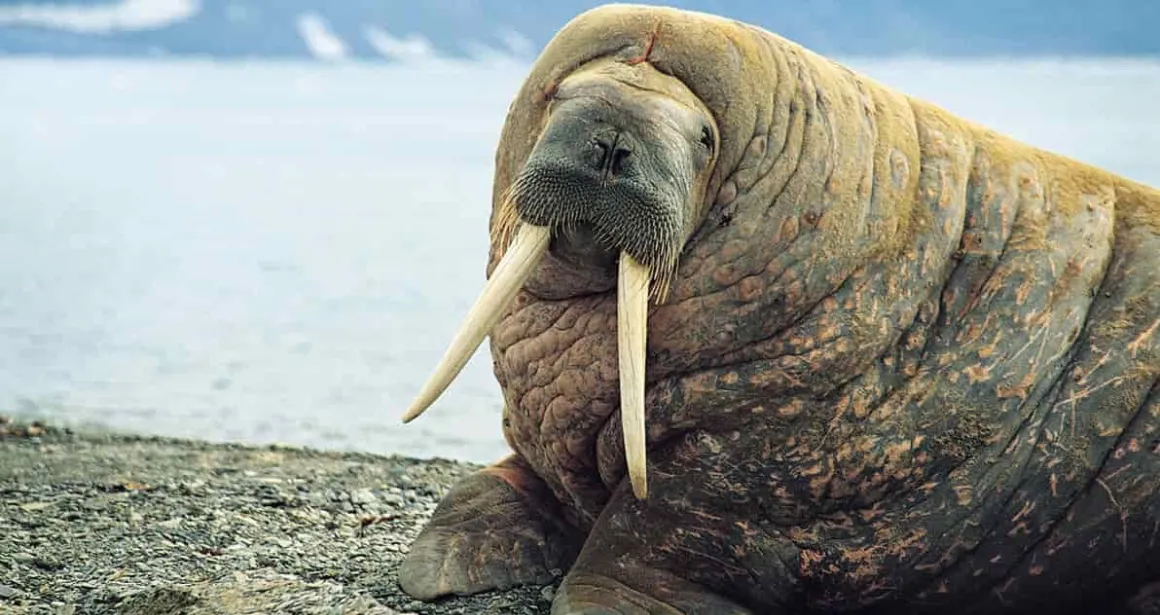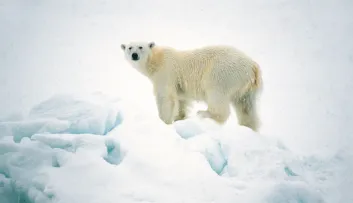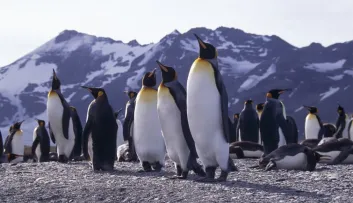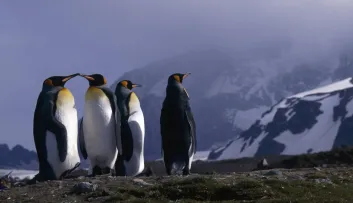Biodiversity Poles 5mn
What animals live in the Arctic?
Around the Arctic Circle, the cold does not deter animal life.

Krill, a source of food for many species
Just like in the Antarctic, krill and plankton, which represent micro-organisms, are abundant in the cold waters of the Arctic.
Why? The convergence of north-south marine currents causes the nutrients necessary for the proliferation of plant plankton to rise, which in turn provides food for animal plankton such as krill, the small crustaceans that form the basis of many food chains in cold regions.
Fish
Compared to the Antarctic, the Arctic has more species of fish - 416 compared to only 274 in the Southern Hemisphere.
The rising temperature of the ocean is causing new species, such as mackerel, herring, Atlantic bluefin tuna and cod, to move northwards in search of the cooler waters off the coast of Greenland.
Conversely, halibut is more difficult to find in the warmer months.
Therefore, the melting ice appears to be an opportunity for commercial fishing. To prevent the threat of unregulated fishing in these waters around the North Pole, an international agreement was signed in 2018 by the European Union and the countries of the Arctic region (Canada, the United States, Denmark, Iceland, Norway and Russia), as well as China, Japan and South Korea, to suspend all commercial fishing on the high seas in the Central Arctic Ocean.
This legally binding agreement bars fishing for at least 16 years.
Birds
There are 280 species of birds in the Arctic regions. They can be found in terrestrial areas where snowy owls and falcons live, in maritime areas where seabirds such as albatrosses, terns, gulls and guillemots live, or in marshy areas where geese, swans and ducks live.
In the summer, most of these birds come to nest in colonies on coastal cliffs or on the tundra to take advantage of the abundance of food.
Few species remain in the area during the winter. To withstand the cold, they have adapted by developing larger bodies and smaller extremities, but most of them leave the polar regions when the temperatures drop in search of warmer regions in Europe.
Did you know? Owls and ptarmigans have feathers on their feet to protect them from the cold!
In winter, these birds have white plumage, which is an effective camouflage against predators.
Auks live in the North Pole!
The Alcidae family comprises murres, little auks, puffins and of course razorbills. They stay close to the coast while spending most of their time at sea.
Not to be confused with penguins, which live in the southern hemisphere.
Terrestrial mammals
Unlike Antarctica, where life is concentrated along the coast, land mammals live at the North Pole.
When you think of the North Pole, you think of polar bears.
The polar bear is a symbolic animal of the polar fauna and a species that has to deal with climate change. As the ice pack melts, the surface area of its natural habitat is shrinking, making it increasingly difficult for it to survive.
Find out more about the threats to the polar bear
It is not the only animal to live in the Arctic areas. Reindeer, muskox, lemmings, arctic foxes and wolverines live in the polar landscape.
They feed and breed during the summer and migrate to the taiga, the boreal forest that borders the tundra, when winter arrives.
When confronted with the polar winter, animals adopt different strategies to survive.
Some insulate themselves from the cold with a thicker coat or plumage or with a layer of body fat. Others live under the snow, like lemmings, and feed on plants. Lastly, some hibernate.
Marine mammals
Cetaceans can be found in the waters of the Arctic Ocean. It is possible to find the North Atlantic right whale Eubalaena glacialis, the bowhead whale Balaena mysticetus, the common minke whale Balaenoptera acutorostrata, as well as the beluga whale Delphinapterus leucas and the narwhal Monodon monoceros.
In the summer, the whales go to high latitudes to find rich food. In the winter, they migrate to more temperate latitudes.
Whaling has taken a heavy toll on these animal populations. Despite hunting bans adopted by the International Whaling Commission, some species such as the bowhead whale are considered to be critically endangered by the IUCN.
Pinnipeds
Walrus, Arctic pinnipeds and polar wildlife. Like the polar bear, species of seals and walruses are suffering from the shrinking of their habitat caused by the melting of the ice pack.
Bearded and ringed seals are found in Arctic waters, as are Steller's sea lions and fur seals, and the impressive walrus, with a weight of up to 1,200 kilos and long tusks.
Hunted for their fat and fur, these mammals are now threatened by chemical pollutants that are building up in their fat.
In the eye of the climate
Melting ice caps, rising sea levels, hurricanes, fires... a spectacular journey awaits you: 430m2 of floor-to-wall video projections and an immersive sound system to learn about and experience the effects of global warming! Experience maximum immersion to understand the initiatives you can take in your day-to-day routine.


